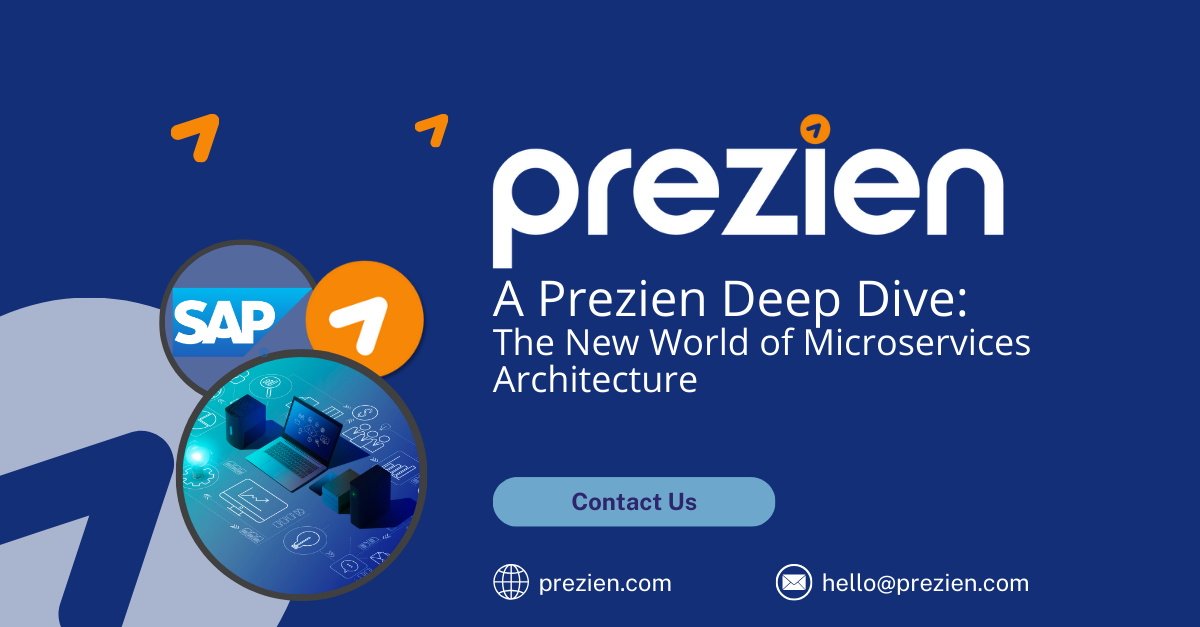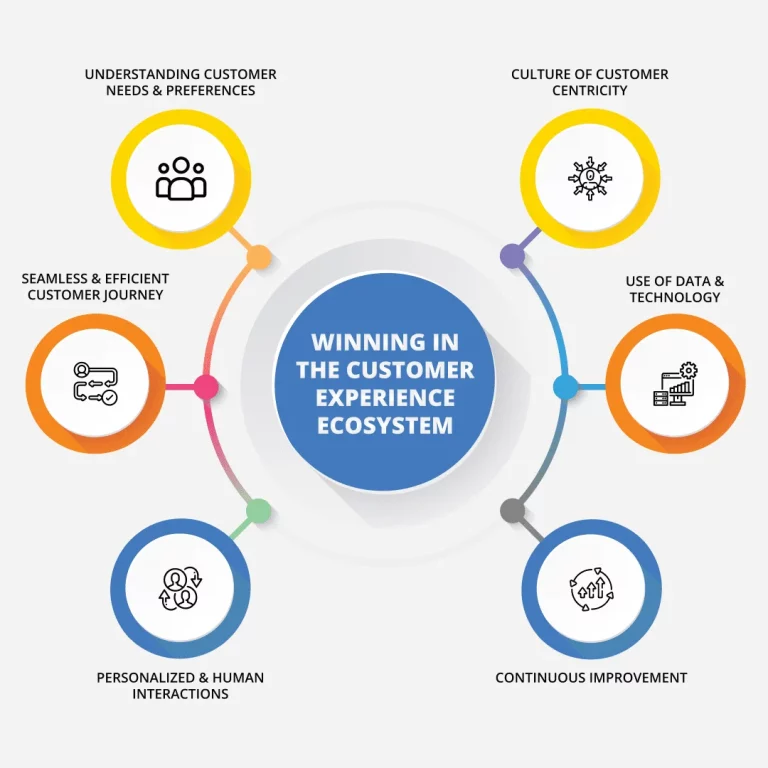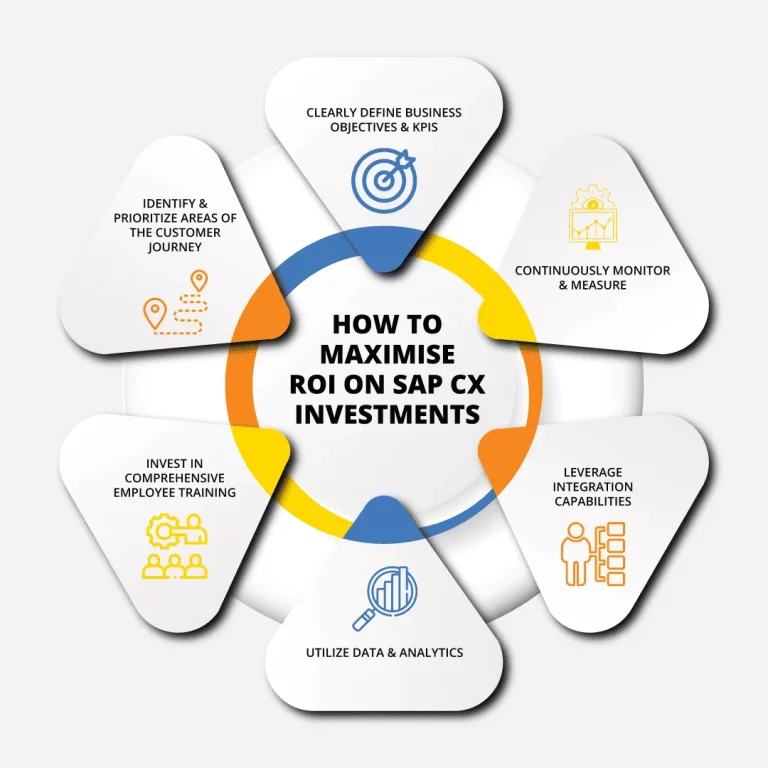The New World of Microservices Architecture
Introduction:
In today's ever-changing software landscape, microservices are becoming a game-changer in the world of software architecture. These versatile components are reshaping how we build and manage applications, replacing outdated, monolithic systems, not only in terms of how software is being architected but how development teams are working.
This guide delves deep into microservices, explaining why they're crucial in a world where large, complex systems must be flexible and agile, whilst being secure and uninterrupted as a wider range of value-added solutions. Understanding microservices isn't just beneficial—it's essential for developers, businesses and IT professionals. They're shaping the future of IT architectures, changing how we work and innovate to meet the fast-paced digital age.
After exploring these themes, we will look into how SAP's new Sales and Service Cloud v2 are taking advantage of the possibilities made available to them through the use of microservices architectures, so stay tuned for that.
![1[1] 1[1]](https://prezien.com/wp-content/uploads/elementor/thumbs/11-qcelwkeafo0nfqi75zarqjfvhvbttncfzv0vr6g56g.png)
What are Microservices?
At its heart, microservices are the breakdown of traditionally large, monolithic applications into smaller, self-contained components – ‘microservices’. The beauty of it? These components are designed to work seamlessly together but are individually deployed and loosely coupled through well-defined API’s so it's a breeze to scale them up and get your projects moving faster. The core of their strength is that they maintain independence, making them easier to scale and faster to develop, contrasting sharply with old-school monolithic setups.
![6[1] 6[1]](https://prezien.com/wp-content/uploads/elementor/thumbs/61-qcelzlfkgg5wui3thafhrrxcekeemjdb2up7f9yh4o.png)
Microservices vs. Monolithic Architectures
To get a clearer picture of microservice architectures in the world of software development, let's compare them to their counterpart, monolithic architecture.
Monolithic Architectures: In a monolithic architecture, the entire application is built as a single, cohesive unit, where the entire unit from the UI to business logic and databases are tightly interconnected. While this approach is straightforward and easier to initially develop, it can quickly become a real headache as your application grows. Scaling specific functions or making changes often requires you to have to tinker with the whole monolith, leading to potential bottlenecks and downtime.
Microservices Architectures: On the other hand, microservices represent a break from the monolithic tradition. At the heart of microservices lies a set of fundamental principles that champion modularity, independence and specialisation. Applications are divided into smaller, self-contained microservices, each focused on a specific function or feature, much like well-defined building blocks in a Lego set. These microservices communicate through well-defined APIs, allowing them to work together seamlessly. The real magic of microservices is their independence, each microservice can be developed, deployed and scaled autonomously and independently, without worrying about the others. This modular approach brings a level of agility, scalability and fault tolerance that can be a real challenge with monolithic architectures.
![3[1] 3[1]](https://prezien.com/wp-content/uploads/elementor/thumbs/31-qcely8jyl2b02s2tepaw649dij3bi9z9k4rygvyy48.png)
Benefits of Microservices
Scaling New Heights with Microservices
One of the standout advantages of microservices is scalability. Traditional monolithic applications often struggle to scale efficiently. When one part of the monolith requires additional resources, it usually means scaling the entire application, even if only a small portion requires attention. Microservices, in contrast, allow you to scale specific functions independently. Need more computing power for a particular service? No problem. Microservices make it as easy as flicking a switch, ensuring that your application remains responsive and cost-effective as it grows.
Unleashing Agility and Innovation
Microservices are all about bringing agility to the table. The modular nature of microservices means that development teams can work on individual services without disrupting the entire application. This agility enables rapid feature development and quicker response to changing market demands. Businesses can roll out updates and new features more often, staying ahead in competitive markets. The ability to innovate at a faster pace has made microservices the go-to choice for companies striving for a competitive edge.
Easy Deployment: Continuous Improvement
Microservices enable continuous integration and continuous delivery (CI/CD) meaning developments can happen whenever required, paving the way for effortless deployment. This approach makes it easy to experiment with new ideas and swiftly roll back if something doesn't pan out as expected. The low cost of failure fosters a culture of experimentation, accelerates code updates and significantly reduces time-to-market for new features. In the fast-paced world of software development, this agility is a game-changer.
Reusable Code: Building Blocks of Innovation
Breaking software into small, well-defined modules pays dividends in terms of code reusability. A service initially crafted for a specific function can serve as a versatile building block for other features. This capability allows an application to bootstrap off itself, as developers can create new functionalities without starting from scratch. The reusability of code in microservices not only accelerates development but also maintains consistency across the application.
Resilience through Fault Tolerance
Another remarkable feature of microservices is their fault tolerance. In a monolithic system, if one part encounters an issue, it can potentially bring the entire application crashing down. Microservices, however, are designed to be resilient. When a microservice encounters an issue, it can gracefully degrade, allowing the rest of the application to continue functioning smoothly. This resilience ensures uninterrupted service and a better user experience, even in the face of failures.
![4[1] 4[1]](https://prezien.com/wp-content/uploads/elementor/thumbs/41-qcelyrcqdr0qizbicxffjzile8ins81wapto2f72ns.png)
How SAP Sales and Service Cloud v2 Harnesses Modern Microservices
To truly grasp the power and potential of microservices, let's zoom in on how the new SAP Sales and Service Cloud v2 is utilising this to power their new cloud software. SAP are leveraging cutting-edge cloud-native microservices to transform customer engagement and drive business excellence in their new CRM.
Here are some key aspects of how SAP Sales and Service Cloud v2 embraces microservices:
Next to Zero Downtime Upgrades:
SAP recognises the paramount importance of uninterrupted service for its customers. With microservices, the platform can now undergo upgrades seamlessly, eliminating downtime that could disrupt critical operations. This enhancement is a game-changer, especially for businesses that rely on continuous service availability.
API and Event-Driven Architecture:
Sales and Service Cloud v2 adopts an API-first approach, ensuring that all interactions are API-driven. This architecture empowers developers to extend functionalities efficiently by updating the API. Furthermore, the event-driven nature of microservices enables real-time responses to customer interactions, creating a dynamic and responsive user experience.
Extensibility with Low/No-Code Solutions:
SAP Sales and Service Cloud v2 opens doors to innovation through its extensibility framework. This framework, powered by low/no-code solutions through SAP Build Apps like AppGyver, empowers users to create customised processes and screen flows effortlessly. This democratisation of extensibility fosters rapid innovation within organisations.
New Releases all the Time:
In the spirit of agility and continuous improvement, Sales and Service Cloud v2 adopts a continuous release cycle. This cadence ensures that customers benefit from regular updates, with new features and enhancements rolled out at a rapid pace.
In the context of SAP Sales and Service Cloud v2, modern cloud-native microservices are not just a technological advancement; they are the driving force behind a transformation that elevates customer engagement and enables businesses to thrive in a digital-first world. This real-world example underscores the transformative potential of microservices when harnessed by innovative organisations like SAP.
![2[1] 2[1]](https://prezien.com/wp-content/uploads/elementor/thumbs/21-qcelxtijjpqex0onuisv28200d5g34bk62c6sgl8vs.png)
Conclusion
In closing, let's recap the essential takeaways from our exploration of microservices in modern software development. Microservices represent a paradigm shift that empowers organisations to build more flexible, scalable and resilient software systems. Here are the key points to remember:
Microservices in a Nutshell: Microservices architecture breaks down large, monolithic systems into small, independently deployable services. This modular approach fosters agility, scalability and easier maintenance.
Benefits Galore: Microservices offer a plethora of advantages, from enhanced agility and scalability to easier deployment and technological freedom. They enable businesses to innovate rapidly and adapt to changing market demands.
SAP Sales and Service Cloud v2: We examined how SAP are utilising microservices architectures within their new cloud software, where microservices are transforming customer engagement and business operations.
Ready to harness the power of microservices for your software projects? Reach out to us today and unlock a world of innovation and agility. Contact us for more information and let's embark on this exciting journey together!







